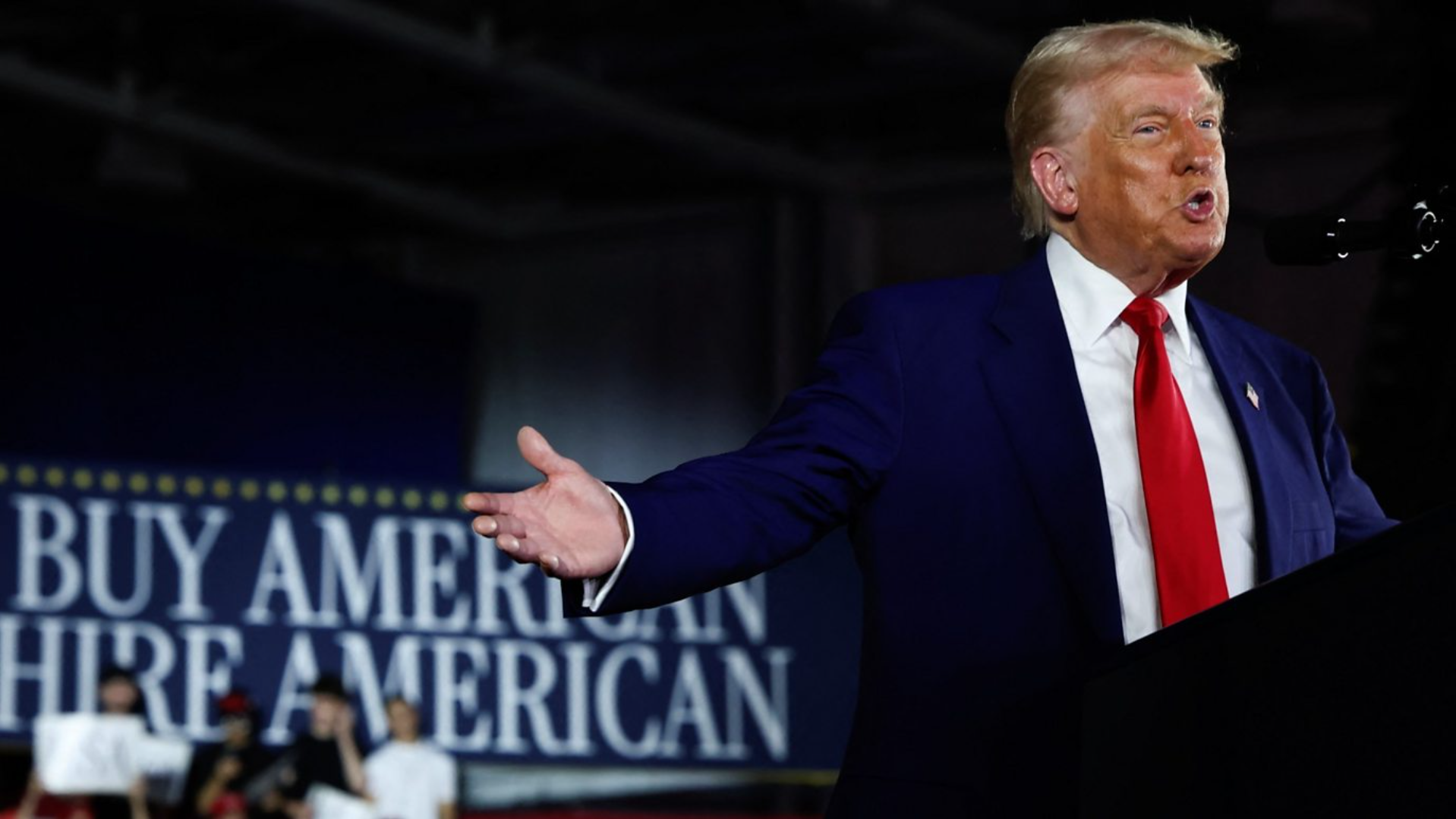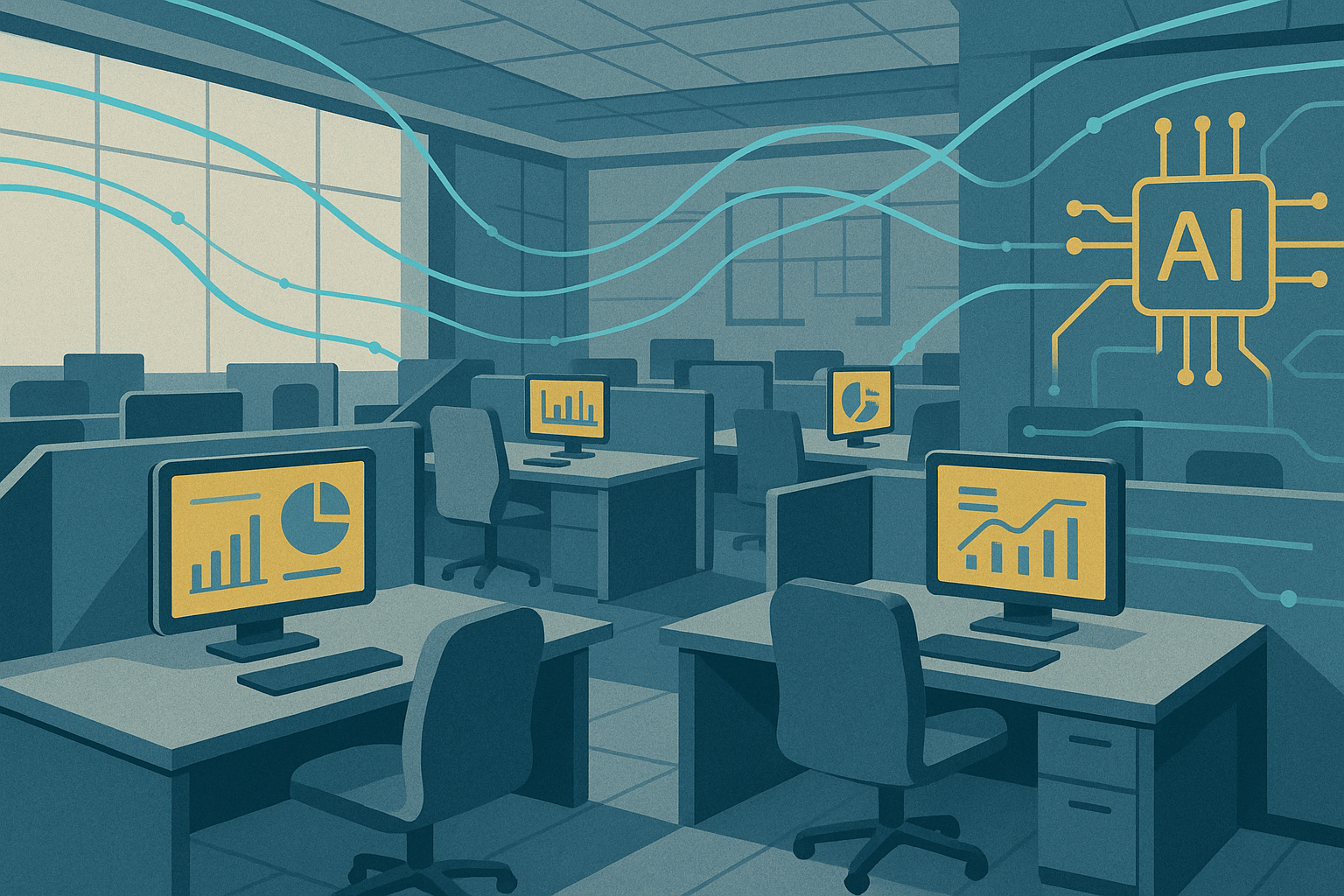President Donald Trump’s latest move on automotive tariffs has left global manufacturers and investors guessing. Just weeks after threatening sweeping 25% import duties on foreign-made vehicles, the former president signed an executive order on 29 April that significantly watered down the scope of the policy. The revised measure offers targeted relief to US carmakers and parts suppliers, including tariff exemptions on certain components and reimbursement mechanisms to offset price shocks.
The policy shift follows heavy pressure from the automotive industry, which had warned that blanket tariffs risked damaging domestic competitiveness and pushing up consumer prices. General Motors, which posted stronger-than-expected first-quarter earnings of $2.78 billion, suspended its $4 billion share buyback programme amid policy uncertainty and refrained from issuing full-year guidance. Volvo, meanwhile, announced an SKr18 billion cost-cutting programme after reporting a 60% drop in operating profit, while Porsche lowered its 2025 revenue forecast. The revised order appears to have averted the worst-case scenario for these firms — but only for now.
The new framework includes phased incentives for domestic production, with a 3.75% offset on the Manufacturer’s Suggested Retail Price (MSRP) for US-assembled vehicles until April 2026, falling to 2.5% thereafter. Analysts say the structure is clearly designed to reward manufacturers who invest in US-based operations, while still allowing space for cross-border sourcing in the short term. However, the executive order’s ambiguity on longer-term enforcement — and the prospect of further policy shifts should Trump secure a second term — means boardrooms are unlikely to relax.
While the immediate danger of a tariff shock has receded, the global automotive supply chain remains on edge. The industry is built on just-in-time logistics and complex cross-border part flows, making it acutely vulnerable to policy volatility. A typical vehicle’s components may originate in multiple countries before final assembly, and any disruption — be it regulatory or retaliatory — can ripple through production schedules, cost structures, and product availability. Even with exemptions in place, automakers face the arduous task of re-evaluating sourcing models and contingency strategies.

At a consumer level, the revised tariffs may still feed into higher vehicle prices. Market analysts forecast average new car price increases of around $650, with used car prices potentially rising by $150. Vehicle availability could also be affected, as carmakers prioritise markets with more predictable trade environments. For buyers, that could translate into reduced model choice or longer delivery timelines.
Yet perhaps the most consequential impact of Trump’s tariff recalibration is geopolitical. The original proposal, aimed squarely at curbing Chinese electric vehicle (EV) exports, threatened to reignite tensions not only with Beijing but with long-standing US allies. China has grown into the world’s largest EV exporter, with brands like BYD, Nio and Geely aggressively expanding their global footprint. Although the executive order softens the immediate blow, it retains a clear bias toward protectionism — and that alone is likely to prompt countermeasures.
European and Japanese manufacturers, major exporters of premium and hybrid vehicles to the US, are also watching warily. While not directly targeted by the latest order, both blocs are acutely aware of Trump’s 2018 track record, which saw tariffs applied under the guise of national security. The European Union has already hinted at retaliatory tools if new US barriers affect its automakers. Japan, a close US ally with deep economic ties, may seek private assurances to avoid escalation.
For Mexico, the concern is different. Chinese companies have increasingly invested in Mexican EV manufacturing as a workaround to US tariffs, exploiting the favourable terms of the US-Mexico-Canada Agreement (USMCA). Trump’s team has openly criticised this strategy and floated the idea of tariffs on Mexican-made vehicles to close the loophole. Should that materialise, it could severely undermine North American integration and disrupt assembly hubs across the region.
The wider concern for economists and policymakers is what this latest turn signals about the state of global trade. Automotive manufacturing has long been a bellwether for broader trade flows. Its reliance on standardisation, global distribution, and capital investment makes it particularly sensitive to the health — or dysfunction — of cross-border commerce. If the US retreats further from global supply chains under another Trump administration, a more fragmented, less efficient global market could emerge. It would likely accelerate a trend already underway: the regionalisation of supply chains and the creation of parallel ecosystems, particularly in the EV sector, where technological standards and sourcing rules may increasingly diverge between China, the West, and the Global South.
Carmakers are already adjusting. Many are stepping up localised production and reassessing investment plans. For example, Tesla has slowed expansion in Shanghai while committing more capital to its Texas and Berlin facilities. Ford and Volkswagen are exploring joint ventures in South East Asia to hedge geopolitical risk. Consultants at AlixPartners and McKinsey are advising clients to build ‘geopolitical risk’ into all long-term capital expenditure decisions.
Ultimately, Trump’s latest executive order may be less damaging than feared, but it underscores a fundamental truth: economic nationalism is no longer an outlier. As the world heads toward a potentially more polarised trade environment, automotive manufacturers may be forced to reimagine globalisation on less predictable terms.




